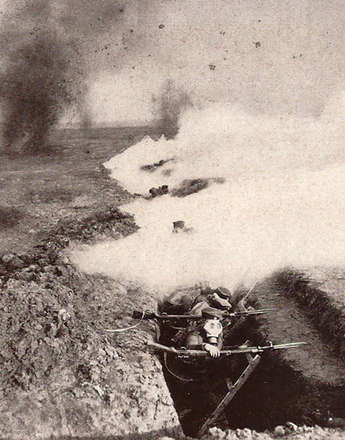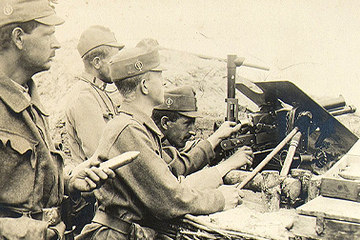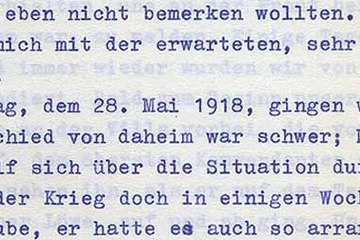In the plains of Russia and France many offensives ground to a halt – the mountain war in the Alps was inherently bound to sometimes insuperable topographical and climatic obstacles, especially for those attacking.
It can hardly surprise us that the Italians acted hesitantly on the Tyrolean Front. At heights around or greater than 6,000 to 9,000 feet, there was mostly little room left for mobile war, although small patrols of soldiers with experience in mountainous terrain also occupied summits initially, thus enabling them to give their own forces certain advantages.
In the long run, however, a more efficient form of warfare was only possible in areas with natural fortifications. Accordingly, assaults were concentrated on the high plateaus of Folgaria-Lavarone, where the Italian infantry made advances after the corresponding preparatory fire.
On some sections of the front the Italians could indeed register certain territorial gains. Several locations were surrendered by the Austrians in favour of better defence positions. The new defensive positions justified the loss of smaller strips of territory. The military units of the Apennine Kingdom were eventually pushed back at all sections.
Bitter fighting for any elevation marked the conflict at the Tyrolean Front. A ‘war of mountain guides’ began. The goal of the operation was to shoot at the enemy from higher positions, and to destroy the enemy’s high alpine emplacements.
Ultimately all military actions of this kind had limited consequences and strategic value that was likewise limited. More important were the long-term effects of the fighting in the mountains, and its significance for historical memory and for the way it was exploited by various ideologies. Later on the ‘bold undertakings’ at terrain as high as 9,000 feet represented almost perfectly the conflict between Austria and Italy. Captured in films, photographs, paintings, songs, dramas and memoirs, the ‘Alpini’ and ‘Kaiserjäger’ (the Austrian mountain regiment) symbolised par excellence the ‘hero’s struggle in snow and ice’.
Isnenghi, Mario/Rochat, G.: La grande guerra 1914–1918, Mailand 2000
Kuprian, Hermann J. W. (Hrsg.): Der Erste Weltkrieg im Alpenraum. Erfahrung, Deutung, Erinnerung, Innsbruck 2006
Lichem, H. von: Krieg in den Alpen: 1915–1918, 3 Bände, Augsburg 1993
Mazohl-Wallnig, Brigitte (Hrsg.): Ein Krieg – zwei Schützengräben: Österreich-Italien und der Erste Weltkrieg in den Dolomiten 1915–1918, Bozen 2005
Thompson, Mark: The white war: life and death on the Italian front 1915–1919, London 2008














